2005 was one of the most important years in internet history; it was the year YouTube was born. While there have been other video-sharing websites that allowed users to upload their own original content, YouTube was the first to quickly became a household name and is currently the second most popular site in the world, according to Alexa.
Because the website has such a gigantic fanbase of daily viewers, there has been a rise in a new kind of celebrity known as “YouTubers,” or entertainers who have gained popularity from videos they have uploaded on to the website, whether it be for vlogs, Let’s Plays, reviews, reactions, tutorials, music, pranks, animations or news commentary.
The real beauty of their work comes from the fact they work independently. Most YouTubers start out on their own, doing nothing but making videos about the stuff they are passionate about. And, thanks to the YouTube Partner Program, many said YouTubers are able to earn revenue from said videos, thanks to pre-roll or mid-roll ads. What has resulted is many people now making YouTube videos as their job, releasing videos either every month, every week or even every day and getting paychecks from YouTube.
Skeptics might find it odd people are getting money for making “stupid videos” and decry YouTubing as not a “real job,” but considering how filming and editing even just one video can take hours or even days, being a YouTuber is both hard work and rewarding, especially if you take into account the fact that a YouTuber is more or less their own boss and doesn’t have to obey the rules set by some higher-up.

But the past few weeks have created headlines among the YouTube community, beginning in March with YouTube’s new “Restricted Mode,” and later in the month with a mass exodus of companies pulling their advertisements from the website as a whole, due to some of their ads being placed on videos considered racist or promoting hate speech. These issues have resulted in major outrage among many different people on the site, who consider the actions to be censorship and an unfair attack.
But, as YouTube is going on the fritz in trying to appeal to both the people they broadcast and the people who give them money, I can only see these instances as yet another example of YouTube screwing over their content creators, which has been occurring as far back as I can remember, whether it be for wrongful copyright infringement claims, demonetized videos or being ignored by the site in favor of corporate interests.
Back in 2007, as the service was just starting to hit the mainstream, the media company Viacom took legal action against Youtube for having clips and full episodes of their shows, including “SpongeBob SquarePants” and “The Daily Show” among others, uploaded on the site without their permission.
A fair and understandable argument, but what Viacom’s lawsuit created was the faulty copyright detection system known as Content ID, which automatically scans a video for audio and video content which is deemed as “infringing” by those who own said content. This can result in the video, at best, diverting ad revenue from the video creator to whomever filed the claim, or, at worst, being taken down and the video creator struck from their channel, which can either make them unable to receive ad revenue or have their channel unfairly removed.
It doesn’t sound so bad, but many video creators and YouTubers are being wrongfully hit by Content ID due to false claims. Though their videos often fall under fair use, allowing them to use copyrighted material without the permission of copyright holders, video creators who just want to play a video game or review a movie are put into a “guilty until proven innocent” system.
It has been around for years, but only recently has Content ID been debunked and fought against, largely due to the “Where’s the Fair Use?” campaign started by internet comedian and film reviewer Doug Walker, best known for his web show “Nostalgia Critic.” Walker’s video explains further many of the complications Content ID wrongly inflicts upon YouTubers, specifically to reviewers like himself, so I’d recommend watching the his video and the other parts in his short series.
August 31, 2016, was another infamous day for YouTube content creators, as they were soon notified that some of their videos were considered unfriendly to advertisers, resulting in monetization on said videos being removed. Reasons for demonetization included sexually suggestive content, violence, inappropriate language, promotion of drugs or sensitive subjects, “even if graphic imagery is not shown.”
The main problem found with the guidelines can be found in the hypocrisy of advertisers. So, if YouTubers are at risk for not being able to discuss content that could be considered uncomfortable, whether it’s sexual humor, foul language or discussion of a controversial subject, then why aren’t television or music given the same treatment?
Television is home to shows like “South Park” and “Family Guy,” which thrive on offensive humor. Why aren’t their advertisements and sponsorships pulled? “The Walking Dead” is known for its heavy use of violence and gore. Why do I see commercial breaks during the broadcast? CNN is literally a channel playing nothing but controversial subjects. Shouldn’t it lose all of its advertisements?
And, for places like Spotify or Pandora, which host ads for non-subscribed users, why are ads being played for songs by Miley Cyrus or Marilyn Manson?
There’s a strong sense of hypocrisy in how television can broadcast violence, sexual content and controversial topics, yet studio executives still can get compensated for such topics, but independent content creators have to self-censor their videos to get paid for their job.
And now, YouTube is being hit by not one, but two controversies, both from advertisers and YouTubers. The former group involves advertisers discovering how their ads are placed automatically across the platform, including videos with extremist and hateful content, and said advertisers are now pulling their advertisements off of YouTube altogether.
Now, in spite of the fact that the toxic videos discussed “represented only one one-thousandth of a percent of total ads shown” according to Bloomberg, YouTube has prioritized the ad boycott through giving said companies filters and forcing even more demonetization for videos, which has now cut down the revenue for content creators, most notably for news and commentary channels, ironically including progressive channels like David Pakman, who either report or condemn said content in the first place.
Such a boycott is a follow-up to YouTubers complaining about a newly installed “Restricted Mode,” an algorithm that hides more adult content for younger viewers. Seems a little redundant considering there’s already a “YouTube Kids” app, and videos can be age-restricted so only people eighteen and up can view them, but the main issue isn’t redundancy, but rather censorship.
Vlogger Rowan Ellis, vlogger Tyler Oakley and pop duo Tegan and Sara have all come out and talked about how many of their videos disappear under said mode. The problem? All three are prominent in the LGBT community one way or another, and have routinely discussed LGBT issues. And sexual content isn’t what disappears in Restricted Mode; coming-out stories, transition videos, mental health vlogs and even makeup tutorials get caught up in the ban, despite being relatively G or PG material.
An even more embarrassing case is a Tyler Oakley video that inoffensively discussed historic black LGBT leaders, yet it is only available to be viewed when Restricted Mode is off. In short, the “Restricted Mode” made for younger viewers is full of many homophobic and racist undertones, whether they be intentional or not, and seeing as how many LGBT youth use YouTube as an escape for entertainment or as a beacon of light, there’s a real issue YouTube now must face, which is made worse by how little change has been made in the revision of the Restricted Mode algorithm, despite it being an issue for weeks.
I understand YouTube wants to appease the corporations who pump money to both the site and Google, YouTube’s owner, and I don’t fault them for it. But, the fact that YouTube still hasn’t fixed or changed their algorithm even slightly, despite the massive backlash from both the LGBT community and the YouTube community, still is another massive sting to content creators who just want to make videos to entertain, inform, educate or debate.
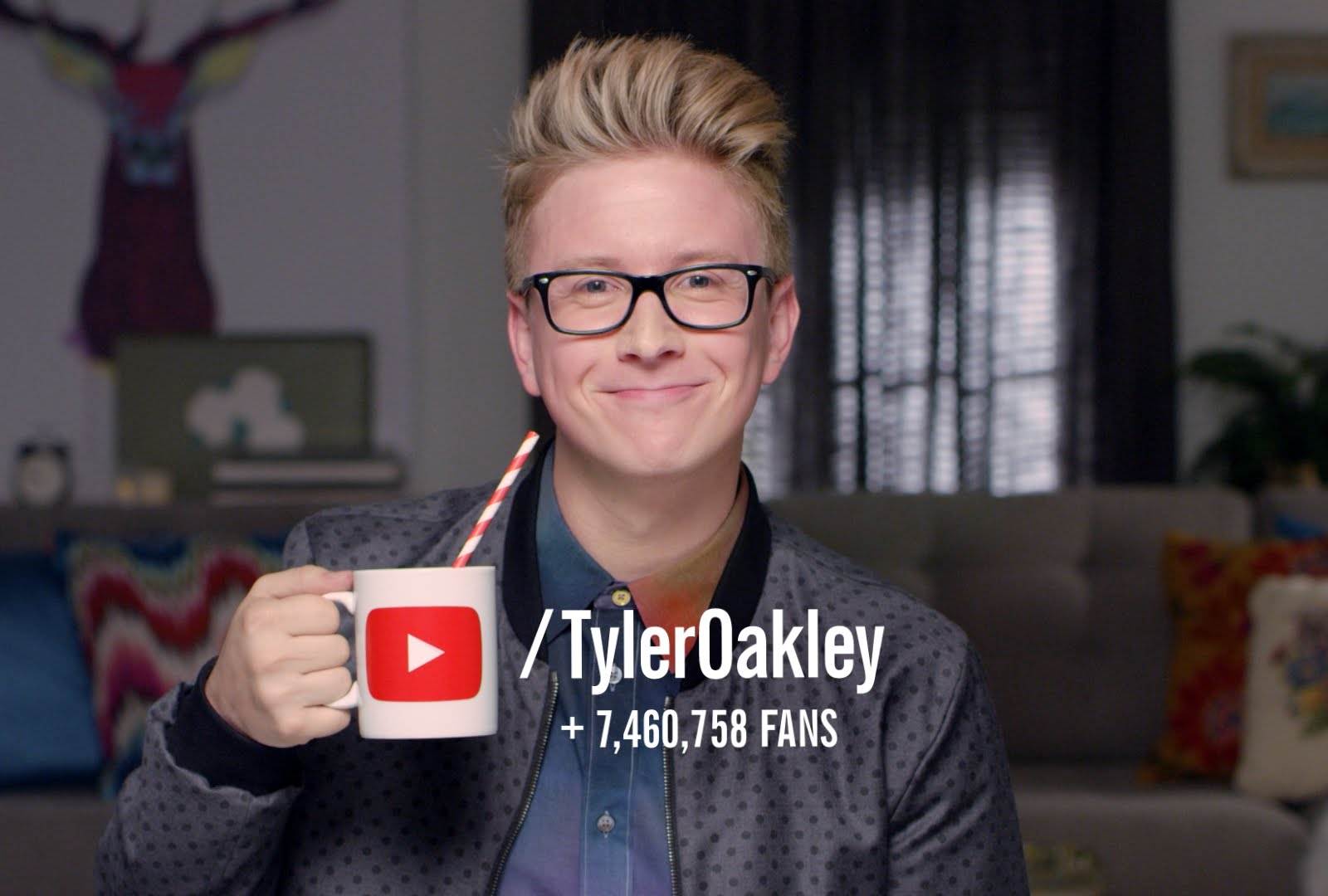
Now, some people may argue that because YouTube has often screwed over content creators for several years, whether it be unintentional or not, said creators should look for another place to create videos, or “get a real job.”
To address the former argument, YouTube has monopolized user-generated video-sharing sites. Sure, there’s Vimeo, Dailymotion, and Vid.me, but their internet traffic doesn’t even crack the top 100, and other video-sharing sites, like Blip and Vessel, have been shut down. So, to actually have video-making as a career, creators are more or less forced to work for a site known for having strict standards and focusing more on the wishes on corporations rather than the people who make YouTube what it is today.
And, to address the latter, YouTubing may seem like a walk in the park, but there’s far more to the production of said videos. Most of the people who make videos for the site work long hours in coming up with content, shooting and editing their videos and attempting to promote and keep their videos fresh enough so audiences will continue to watch. Might I add, said people are often working independently or with a very small team, meaning they put in as much hours, if not more, than in an average work week.
Quite frankly, I see nothing wrong with people using YouTube as their way to eat and pay rent. People are able to talk about or create whatever interests them in the comfort of their own home, and get paid for said work through viewers and advertisements. That’s the American Dream, and, considering how competitive the job market is, wouldn’t most people rather become their own entrepreneur and not have to deal with lengthy job interviews or passed applications anyway?
In the end, while YouTube isn’t doing any active censorship of videos nor do content creators have to solely rely on ad revenue, especially considering the rise of websites like Patreon, there’s still a notion that the site is not being kind to its creators, which is unfortunate, as a place called YouTube shouldn’t be giving the “You” part of the equation such a raw deal.


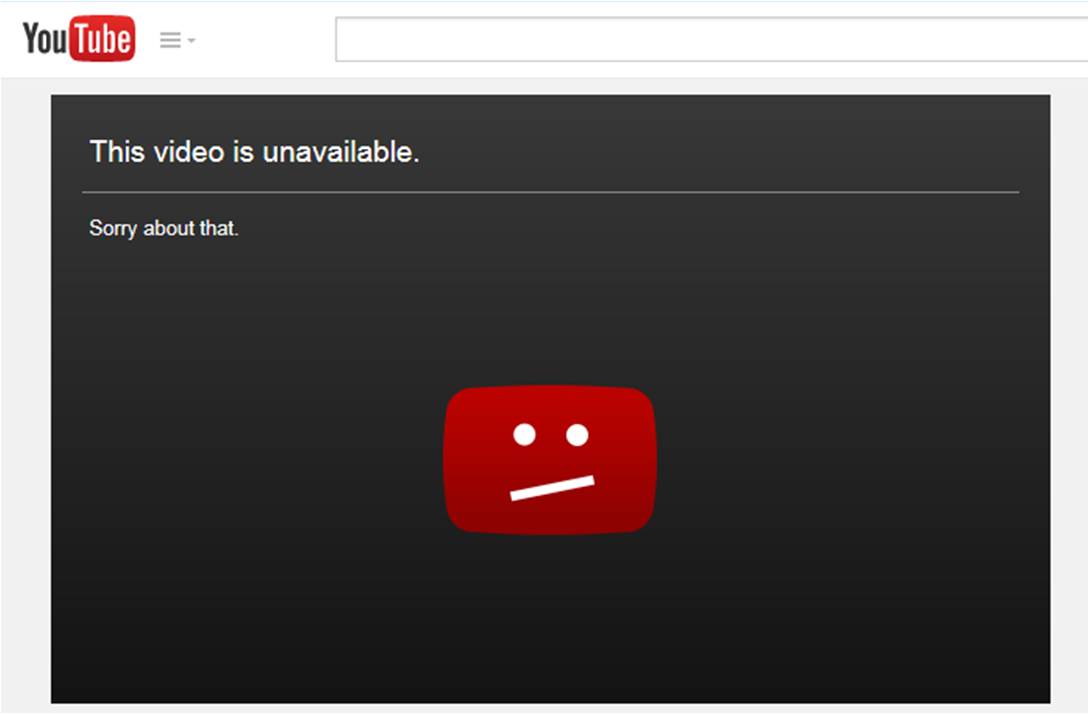



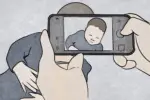

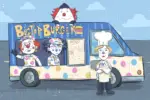



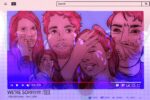





[…] “A BRIEF HISTORY OF YOUTUBE SHOOTING ITSELF IN THE FOOT” […]